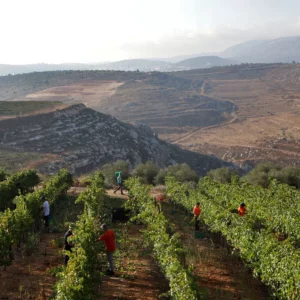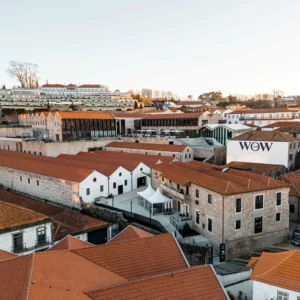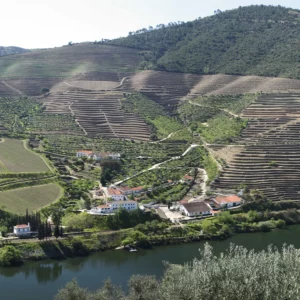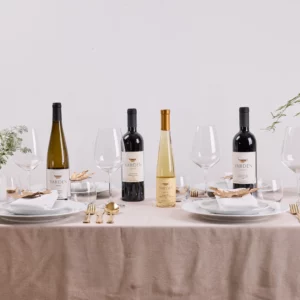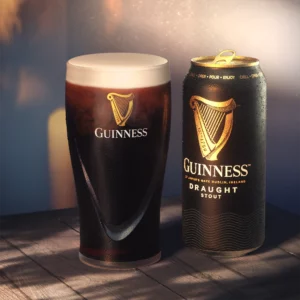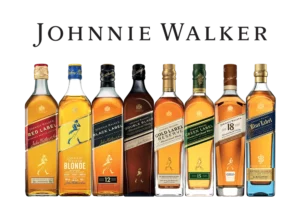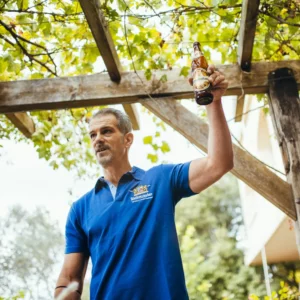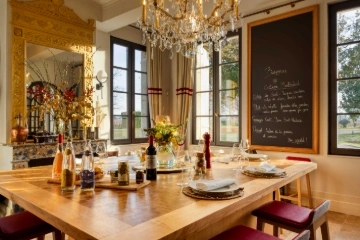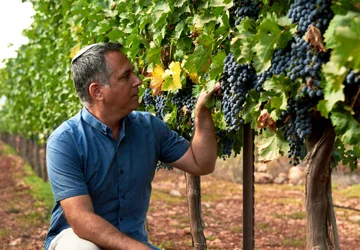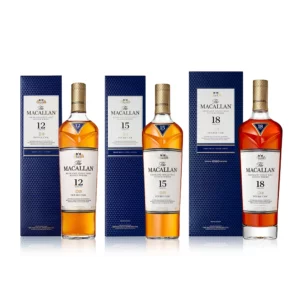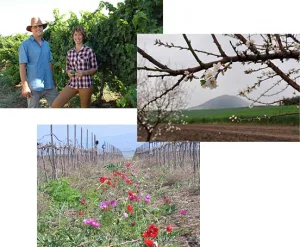Jancis Robinson MW, the English wine critic and wine writer, visited Israel for a private visit but also found time to taste Israeli wines. She came here in great secrecy. Only a few were in the know. Her husband is Nick Lander, the famous food critic and author of The Art of the Restaurateur, one of the best books on the subject I have read. When he wrote an article about the paradox of finding so much Burgundy in Tel Aviv restaurants, there was a facebook backlash against the sommeliers who hosted her. How dare they show her anything else other than Israeli wines! Little did the talk back critics know that an impressive tasting had been prepared by the same sommeliers, offering what they considered the finest of Israel.
The tasting was put together by the Aviram Katz, the sommelier of Basta Restaurant, who is also the wine critic for Time Out & Al Hashulchan, with the help of fellow sommeliers Uri Caftory, owner of Garrigue Restaurant, Shira Tsiddon, sommelier of the Norman Hotel and international sommelier, WSET educator, wine consultant and author of the New Israeli Wine Guide, Gal Zohar. They selected 55 wines from no less than 40 different wineries covering nearly every possible category, (excluding sparkling wines & dessert wines) and they were divided into flights of four to six wines. This was a great feat of organization. The tasting was held at the Norman Hotel in Tel Aviv, whose wine list, won the award as Israel’s finest and I was pleased to have the opportunity to participate.
Jancis Robinson then travelled to the Judean Hills where she was hosted by the Judean Hills Quartet, who had visited her in London in the spring. This is the prestigious consortium that includes some of Israel’s most prestigious and finest wineries, all producing wine from the Judean Hills region. The quartet includes Domaine du Castel, headed by Eli Ben Zaken, Flam Winery & the Flam brothers, Sphera owned by Doron Rav Hon and Tzora Vineyards, led by winemaker/ CEO Eran Pick MW, Israel’s first ever and to date only Master of Wine. There she tasted a further 14 wines.
During the tourism part of her visit she also managed to taste Mony Chardonnay, an Israeli wine, made by an Israeli Arab family, and Nadim Cabernet, a Palestinian wine. So all in all she must have tasted over 70 wines, including both Israeli wines (from Gvaot & Psagot wineries) and Palestinian wines (from Cremisan Monastery & Taybeh Winery) from the central mountain region (aka the West Bank). So no-one could say she was not exposed to the full gamut of our region’s wines.
The actual tasting process is fast and business like. She sits at her laptop, noses, then tastes, briskly tapping away the thoughts we are so eager to read. I expected a demand for absolute silence, understanding the concentration required. I was slightly embarrassed by the ongoing buzz of backchat, an Israeli disease that one can put down to enthusiasm, but she was imperturbable, pleasant, and relaxed. Her focus was on the wine in the glass as opposed to the explanations, but she did manage to extract the pithy comments that were of interest, whilst ignoring the noise.
She posted an article and tasting notes on her website www.jancisrobinson.com . This is one of the most important websites in the world for wine lovers, wine professionals and connoisseurs. She commented: “I was struck by the dramatic improvement in Israeli wines. They seem to have moved on from simple, often particularly ripe, versions of international varietals and….there is a real determination among many to produce wines that are definitely local.” She also wrote an article entitled ‘News from The Middle East’ in the Financial Times.
The top scoring wine was Flam Noble 2013 with 17.5 points. (She scores out of 20). The other Israeli wines with 17 points included two wines from Tzora Vineyards, and one each from Castel, Clos de Gat, Margalit, Shvo, Sphera, Tabor, Yarden and Yatir. (The highest scoring Israeli wine ever in Jancis Robinson’s data base is Sphera White Signature 2015 which received 18 points.)
No doubt it was a pretty comprehensive tasting. She expressed surprise about how much the Israel wine industry has expanded in recent years. She noted: “I was most impressed by how interesting and refreshing the best white wines are,” which she wrote “became more interesting as we progressed to blends of the Rhone varieties”. She was interested in the new wave of indigenous varieties like Dabouki, Marawi/ Hamdani, Jandali amongst the whites and Bittouni amongst the reds, but then noted with her customary dry wit: “one has to remember that obscurity is not the same thing as quality.”
She referred to Israel as a kind of Eastern Mediterranean California, but went on to say that the world ‘has no shortage of warm-climate Cabernet Sauvignons and Chardonnays’. She saw current world trends as being ‘anti-oak, anti-high alcohols and pro expressing the vineyard, rather than the winemaking.’ Israeli winemakers should take note! For the complete scores and her tasting notes on every wine, her article on Israel and data base, you are encouraged to subscribe to her website, also known as the Purple Pages,
After tasting so many wines, I was a bit wined out, and said with an attempt to amuse: “Don’t you ever long for anything but wine after a long tasting?” “Oh no”, she said with a youthful giggle, showing the enthusiasm that has served her well and enabled her to her maintain her peerless position for so long. In her autobiography, Confessions of a Wine Lover, (Tasting Pleasure in the US), she wrote “I consider myself a wine connoisseur ….. most days and a wine lover every night.” It seems the passion is not assuaged, but she manages to keep the rarefied life she lives in context. She writes with regret: “Many wine enthusiasts view each wine as something to be judged rather than enjoyed.”
The Israeli wine trade felt very privileged that Jancis Robinson came to visit. She is a wine critic whose respect amongst consumers more than matches Robert Parker. She is also a gifted wine writer who paints the tapestry of the wine world with the artistry of Hugh Johnson. Notwithstanding this, she is a communicator par excellence who long ago was beguiling television viewers with the relaxed charm of an Oz Clarke. She effortless glides across the spectrum, vertically and horizontally. She has the ability to write for the beginner yet also produces the most scholastic books on wine for professionals. She is a sprinter and long distance runner. Her website is updated every day, she writes a regular newspaper column and also writes academic works that will be in wine libraries for decades.
When asked to list her recreations by Who’s Who, she wrote simply: Wine, Food, Words. She writes of her youth: “I became an obsessive cook. I acquired enduring interest in food and a passion for flavors, textures and for the interplay between them.” No wonder she found the world of wine enticing. She began as a wine journalist in the mid 1970’s roughly when I began in the drinks industry, became the first Master of Wine from outside the wine trade in 1984 and has since written numerous books, thousands of articles and hosted the television programs that seduced the likes of me into learning about wine and gaining more enjoyment from it. I particularly remember her articles for the Sunday Times, the invaluable book ‘Vines, Grapes & Wines’ and ‘The Wine Program’, the world’s first television program on wine. In the early 1980’s I bought Masterglass, a practical wine course which was original and masterful. Despite all the moves I have gone through, it has survived. I still have the slim, dog-eared, now slightly musty smelling, paperback.
Jancis Robinson is mainly known for The Oxford Companion To Wine, the most complete reference book on wine for wine geeks and wine professionals. My son David has recently passed his WSET Diploma, and this was his text book. It is a big book to stuff in a rucksack when you are travelling to India for a month! It was first published in 1994 and the fourth edition was published in 2015. Think how wine has changed and developed in the last 20 years,(think of the changes in Israel alone!) and you begin to understand the depth of the task to update it each time. Then there is the ultimate book on grape varieties, which is called Wine Grapes. It covers all the different varieties, their origins and flavors, many of which I would not know even after 100 years in the wine trade. It is an indispensable guide.
The simplest book is The 24 Hour Wine Expert, which is an entry level book for newbies. This Master of Wine has won every award under the sun, yet still has the ability to look the beginner in the eye, come down to their level, allay their fears and introduce them to this most complicated world. Probably the most famous wine book is The World Atlas of Wine, now in the 7th edition, which she writes with Hugh Johnson. It still makes a very popular birthday, Christmas or Channukah present for the wine lover.
It is clear to all who have followed her over the years, that she has a special place in her heart for German Rieslings because of their quality, suitability with food and good value, but when I asked what her dessert island wine would be, she said Madeira; “It will warm you if it’s cool but its acidity will refresh if it’s hot. And there is no hurry to finish the bottle!”
Robert Parker never visited Israel and his Wine Advocate only began covering Israel since 2007. Hugh Johnson did visit but only briefly in the context of his Story of Wine television series and a long time ago. This was Jancis Robinson’s first visit, though Julia Harding, her full time assistant, co-author of Wine Grapes and a smart, diligent and very knowledgeable Master of Wine, did come a few years ago.
With all the talk of formal tastings, scores and tasting notes, I would like to remind you what it is all about in Jancis’ own words : “I can’t tell you what a joy it is at the end of hard day’s tasting, to be able to sit down and enjoy wine as it is designed to be enjoyed, with food and conversation…..What I most want from a wine for drinking is that it is appetizing, and goes well with food…I want each mouthful to encourage the next…” We can all drink to that!
The tasting was special because in the past, Israeli wines were either tasted at Kedem Europe’s annual tasting, at a ballroom somewhere in London, along with other kosher wines, or the tastings were published before the Jewish Festivals or Holidays, typecasting Israeli wines as Jewish wines. It is in all our interest that our wines are thought of as Israeli, Eastern Mediterranean wines rather than kosher, Jewish wines from the Middle East. So the fact Israeli wines were given focus for the second time this year without reference to Jewish holidays or the kosher aspect, is a watershed moment.
Adam Montefiore has been advancing Israeli wines for over 30 years. He is the wine writer for the Jerusalem Post and contributes to The Oxford Companion To Wine by Jancis Robinson MW. www.adammontefiore.com
Photo credits: Colin Hampden-White; Benjamin MacMahon, Fiona Morrison MW




